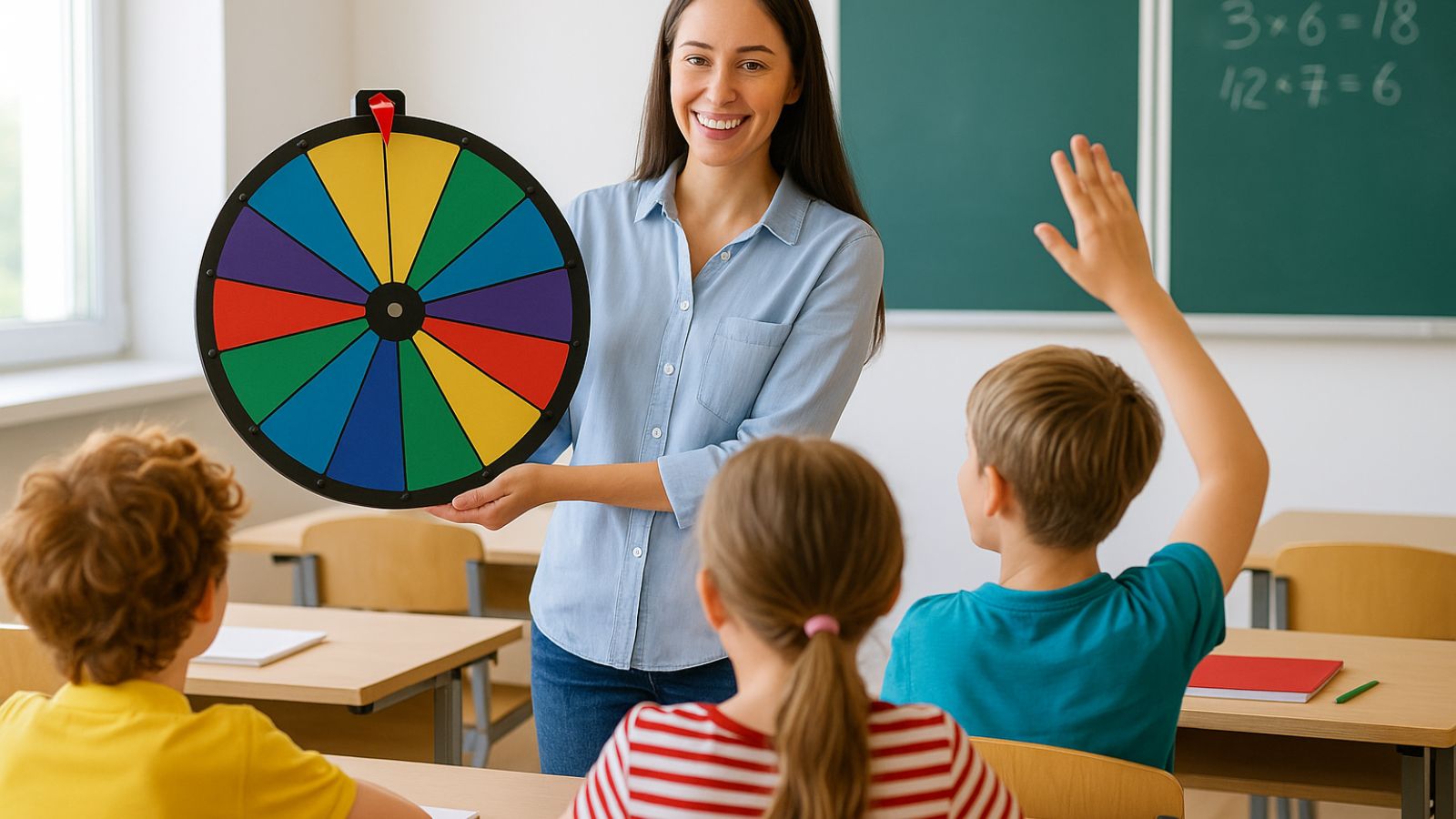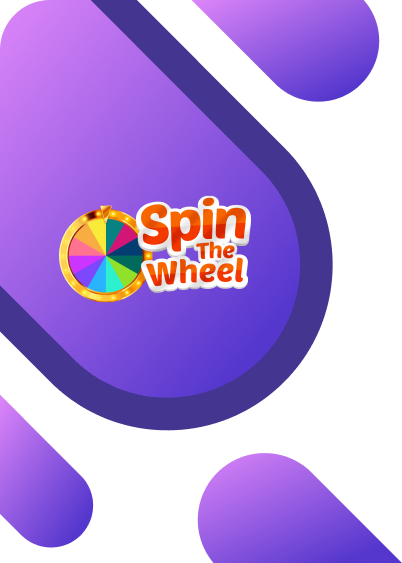???? Beyond Yes or No: Creative Ways to Use Custom Wheels in Your Classroom
Pop quiz, teacher friends! ???? When you hear “classroom wheel,” what comes to mind? For most, it’s a simple yes/no decision-maker or a “pick a random student” tool. But guess what? With just a little creativity, wheels can become so much more than that.
Today, let’s explore how custom wheels can transform your lessons into interactive, gamified experiences that your students will actually look forward to.
???? Why Wheels Work in Learning
Wheels tap into the psychology of suspense. Students sit up straighter, eyes glued to the spinning slices, waiting to see where it lands. It’s basically a mini-game show moment in your classroom ????.
Metaphor time: Think of a wheel like a ???? mystery box. It’s not about what’s inside — it’s about the anticipation. That anticipation fuels engagement, which fuels learning.
???? Tools like Wheel of Names make this simple for teachers — you just type in items, customize the colors, and spin away!
⚖️ Beyond Yes or No: Comparing Wheel Uses
| Wheel Type | How It’s Used | Why It Works |
|---|---|---|
| Student Picker ???? | Randomly selects who answers. | Ensures fairness, avoids the same hands always up. |
| Question Roulette ❓ | Each slice = different question/topic. | Adds suspense to review sessions. |
| Grouping Wheel ???? | Assigns partners or teams. | Breaks cliques, mixes dynamics. |
| Activity Wheel ???? | Spins to decide class warm-ups or games. | Keeps routine fresh. |
| Brain Break Wheel ???? | Spins for short stretches, dances, or breathing exercises. | Boosts focus and energy. |
Instead of “yes or no,” imagine wheels that say: “Act it out,” “Draw it,” “Teach it to a partner,” “Sing it like a pop star” ????. Suddenly, review time is a party.
????️ Creative Classroom Applications
Here are some fun, ready-to-use ideas:
1. Vocabulary Spin ????
Each slice has a word. A student spins, then:
-
Defines it,
-
Uses it in a sentence,
-
Or draws a quick sketch on the board.
2. Math Challenge Wheel ➗
Slices contain problem types: fractions, word problems, equations. The spin decides what problem the class tackles next.
3. Discussion Prompts Wheel ????
Great for literature or history. Prompts could be: “What would you do differently?”, “How does this connect to today’s world?”, or “Pick a character and defend their actions.”
???? According to Edutopia, student-centered questioning boosts critical thinking and ownership in learning.
4. Brain Break Wheel ????
Imagine slices like:
-
Jumping jacks
-
20-second dance party
-
Deep breathing
-
Quick stretch
Not only fun, but Harvard Health shows movement helps memory and focus.
5. Classroom Jobs Wheel ????
Instead of manually assigning tasks, let the wheel decide who’s the board cleaner, tech helper, or line leader.
???? Teacher Anecdote
One year, I had a group of 6th graders who dreaded vocabulary quizzes. I introduced a “Wheel of Words” ???? where slices had words plus silly challenges like “use it in a rap” or “draw it with your eyes closed.”
The first time we spun it, the class erupted in laughter when a shy student rapped about “photosynthesis” ????. Suddenly, vocab wasn’t boring — it was performance time. And the kicker? Test scores actually went up.
???? Insight: Why Wheels Beat Traditional Methods
Traditional methods (like calling on students or assigning problems) can feel predictable. Wheels add an element of randomness — and that randomness sparks curiosity.
Psych studies (see Verywell Mind) show that variable rewards (where outcomes are unpredictable) release more dopamine than guaranteed ones. That means your students feel more excited when learning feels like chance.
???? How to Build Custom Wheels
You don’t need coding skills. Free tools like:
Steps:
-
Enter items (questions, student names, prompts).
-
Customize with colors, themes, or even pictures ????.
-
Save the wheel or embed it in your lesson slides.
-
Spin and watch the magic unfold ✨.
Simple text diagram:
[???? Vocab] | [➗ Math] | [???? Discussion]
[???? Break] | [???? Activity] | [???? Group]
???? Tips for Teachers
-
Set the Tone ????️: Emphasize it’s about fun and learning, not embarrassment.
-
Balance Randomness ⚖️: Decide whether repeats are allowed.
-
Use Visuals ????: Add emojis, icons, or even pictures to slices.
-
Timebox Activities ⏳: Keep each spin short and snappy.
-
Invite Students ????: Let kids suggest items for the wheel.
❤️ Wrapping It Up
Custom wheels are more than digital toys. They’re tools that:
-
Engage every learner ????,
-
Break up routines ????,
-
Boost memory through play ????,
-
And create unforgettable classroom moments ❤️.
So next time you’re tempted to ask a yes-or-no question, try spinning a wheel instead. You’ll be surprised how a simple spin can turn your classroom into a stage, a game show, or even a comedy club.
???? What about you, teachers? Have you ever used a custom wheel for something creative in class? Share your ideas — because the best spins come from sharing! ????



